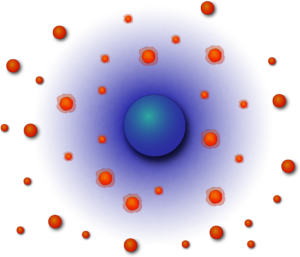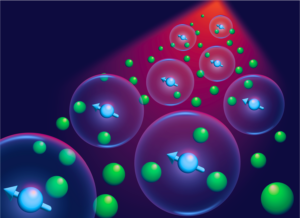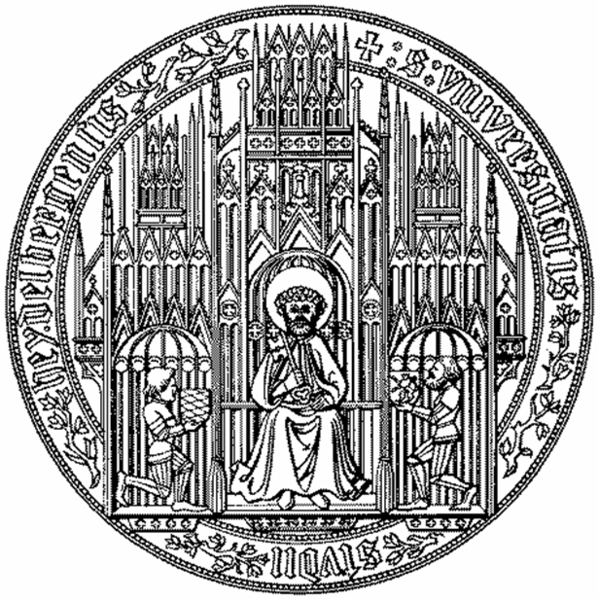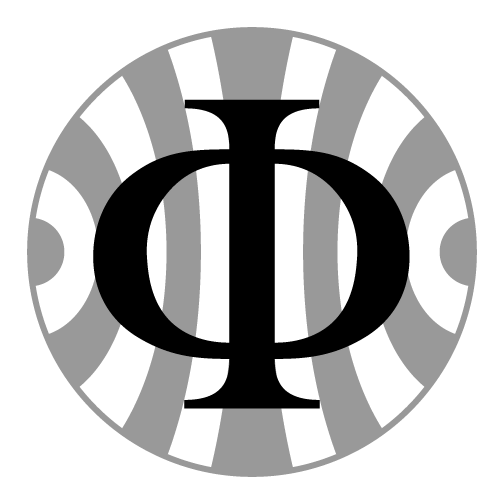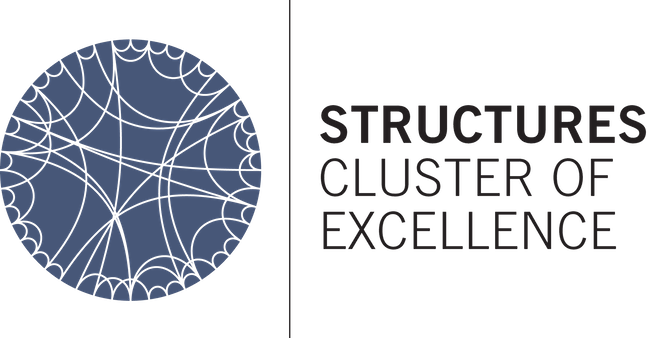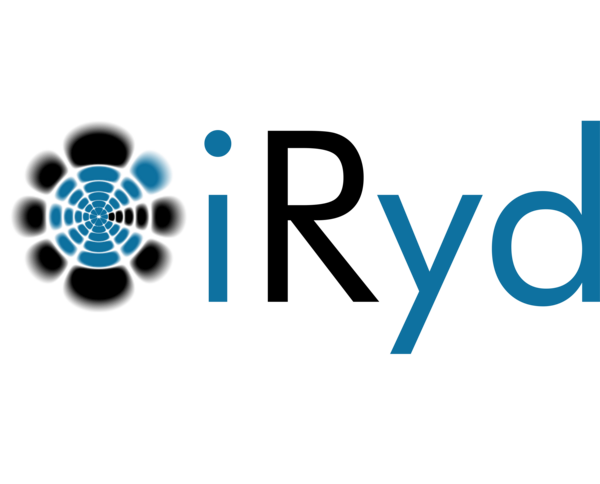Our group studies atomic and molecular quantum systems with respect to their interactions on different levels of complexity. Of special importance is the application and extension of modern methods for the manipulation and quantum control to many-body quantum systems, in particular using coherent light. The systems under investigation range from highly excited Rydberg atoms over atomic and molecular quantum gases to molecular aggregates. The group develops technologies for trapping and cooling of neutral atoms as well as quantum-state sensitive diagnostics.

